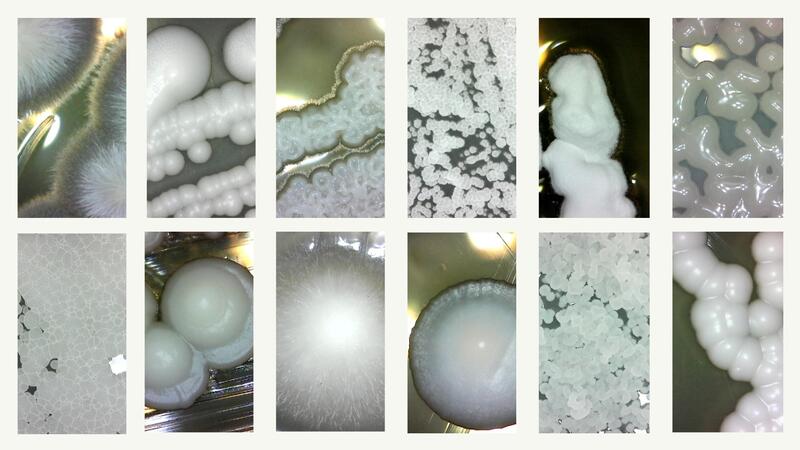News
These Jacks-of-all-trades are masters, too
In a landmark study based on one of the most comprehensive genomic datasets ever assembled, a team led by scientists at the University of Wisconsin–Madison and Vanderbilt University offer a possible answer to one of the oldest questions about evol
Despite advances in sequencing technologies and computational methods in the past decade, researchers have uncovered genomes for just a small fraction of Earth’s microbial diversity. Because most microbes cannot be cultivated under laboratory conditions, their genomes can’t be sequenced using traditional approaches.
For farmers struggling against economic forces and doing everything they can to keep afloat, grassland biodiversity may be the last thing they want to worry about.
A new process developed by researchers at the Great Lakes Bioenergy Research Center enables the production of a new platform chemical—a building block which can be converted to a variety of higher value products—from biomass-derived fructose.
MADISON — A national research initiative announced today will place the University of Wisconsin–Madison at the forefront of a revolution in imaging fostered by cryo-electron microscopy and cryo-electron tomography — technologies that can illuminate life at the atomic scale.
The goal of replacing petroleum-based chemicals and fuels with plant-based products hinges on using as much of the plant matter as possible to keep costs and waste to a minimum.




